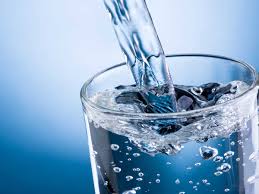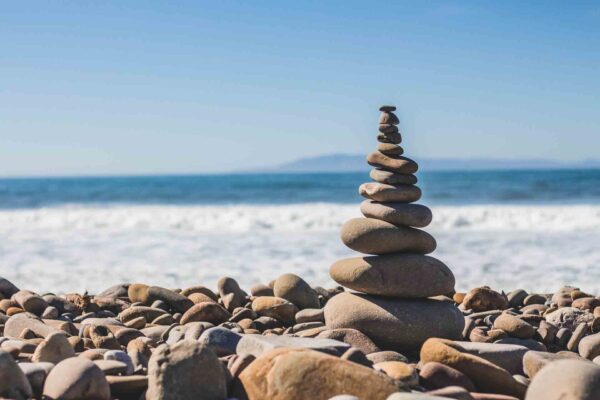Kidney Stones
Kidney stones are made from a mass of crystals in the kidney which can then pass down through the smaller tubes of the urinary tract.
Kidney stones are known to be one of the most painful medical conditions.
The causes of kidney stones vary according to the type of stone, which can be made up of different types of crystal.
1. Calcium stones
are the most common ones. Even though they are made of calcium it is still important to make sure that for your general health you get enough calcium in your diet. Interestingly enough getting enough calcium in your diet actually prevents stones.
There are certain foods that are high in oxalate which are worth avoiding such as peanuts, chocolate, spinach and potato chips
2.Uric acid
can form another type of stone.This type of kidney stone is more common in men and can occur in people with gout or those going through chemotherapy. The stone forms when urine is too acidic. Again diet can play a part in making people more susceptible.
Any diet rich in purines can increase the chance of raising the level of uric acid in the body. This can lead to both Gout and uric stones developing. Purines are found in fish, shellfish and meats.
3. Struvite stones
This is found mostly in women with urinary tract infections and can be large and cause urinary obstruction. They generally result from a kidney infection, which was not treated effectively.
To avoid problems arising always treat infections seriously and take the prescribed course of antibiotics.
4.Cystine stones
These are very rare
Risk factors for kidney stones
There are different factors affecting the likelihood of developing stones. The most common cause is not making enough and passing enough urine.
This can be caused by dehydration, obesity, too much salt in the diet, inflammatory bowel disease, some other medical conditions and by taking certain medicines such as diuretics
Sign and Symptoms of a stone
They may be totally silent until the stone moves down the urinary systems network of smaller tubes. It is then that a severe pain on one side of your back or abdomen will be felt. This pain may radiate towards the groin area.
Other symptoms of kidney stones can include:
Generally feeling unwell with a fever and sometimes vomiting
Needing to go to the toilet frequently and only able to pass a small amount of urine.
The urine may small foul or be an unusual colour, or it may have blood in it.
If you do have acute pain it is worth getting a proper diagnosis as a stone can block the urinary passages causing an obstruction, which can lead to further kidney problems.
Diagnosing kidney stones
This is usually done with a medical history and full physical examination along with blood and urine tests
Your doctor may also ask for an Ultrasound of the kidneys and occasionally MRI, Xray and CT scans if needed to rule out an obstruction.
Treatment
Treatment depends on the type of stone. A sample of the stone can be analysed from the urine sample.
The best treatment / prevention is to drink enough fluids 6-8 glasses at least a day of any fluids including tea and coffee.
If someone is too dehydrated and nauseous to do this then they may have to be put up on a drip.

Medication
The patient will need adequate pain relief and if there is any infection they will need antibiotics.
Other treatments offered to break up or remove the stones are:-
Lithotripsy
Extracorporeal shock wave lithotripsy uses sound waves to break up large stones so they can more easily pass down the ureters into your bladder. This procedure can be uncomfortable and may require light anaesthesia. It can cause bruising on the abdomen and back and bleeding around the kidney and nearby organs.
Tunnel surgery (percutaneous nephrolithotomy)
Stones are removed through a small incision in your back. This procedure and may be needed when:
-the stone causes obstruction and infection or is damaging the kidneys
-the stone has grown too large to pass
-the pain can not be controlled
Ureteroscopy
When a stone is stuck in the ureter or bladder, your doctor may use an instrument called a ureteroscope to remove it. A small wire with a camera attached is inserted into the urethra and passed into the bladder. The doctor then uses a small cage to snag the stone and remove it. The stone is then sent to the laboratory for analysis.

